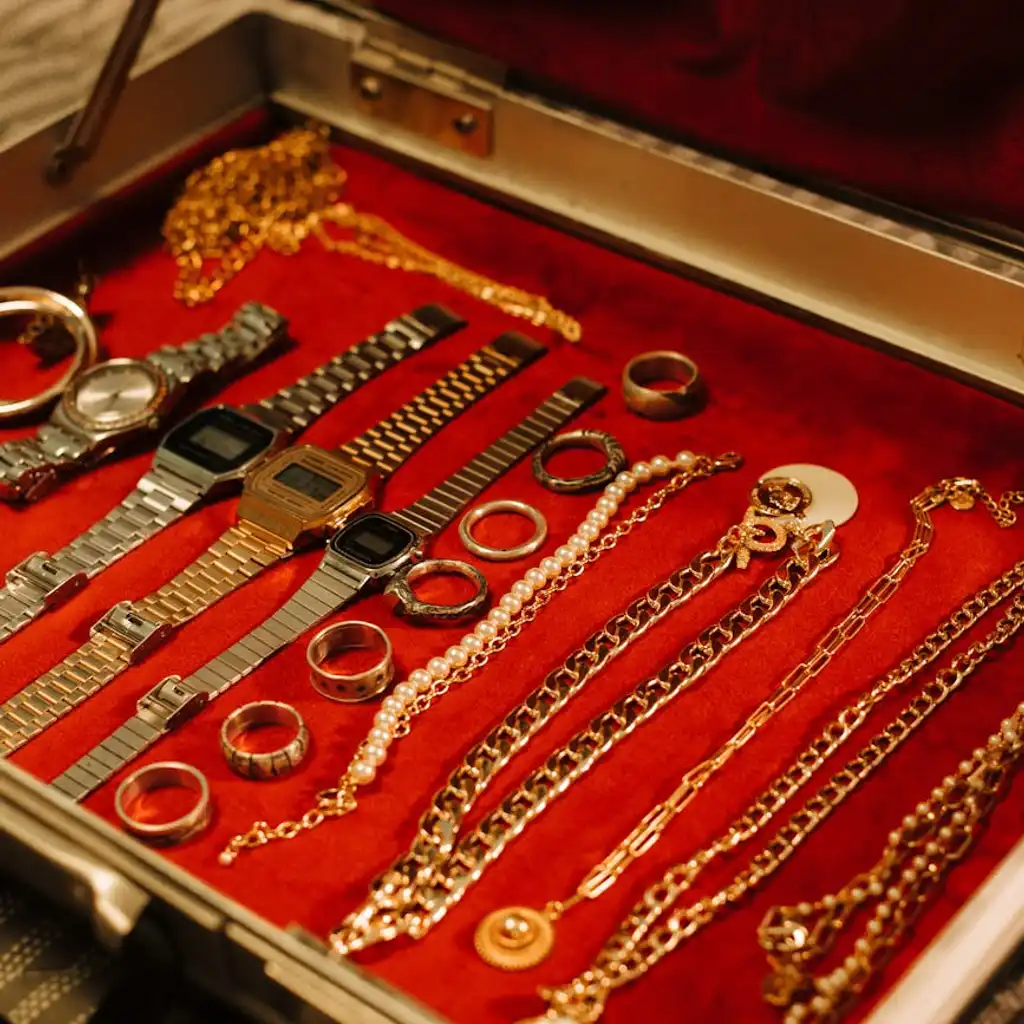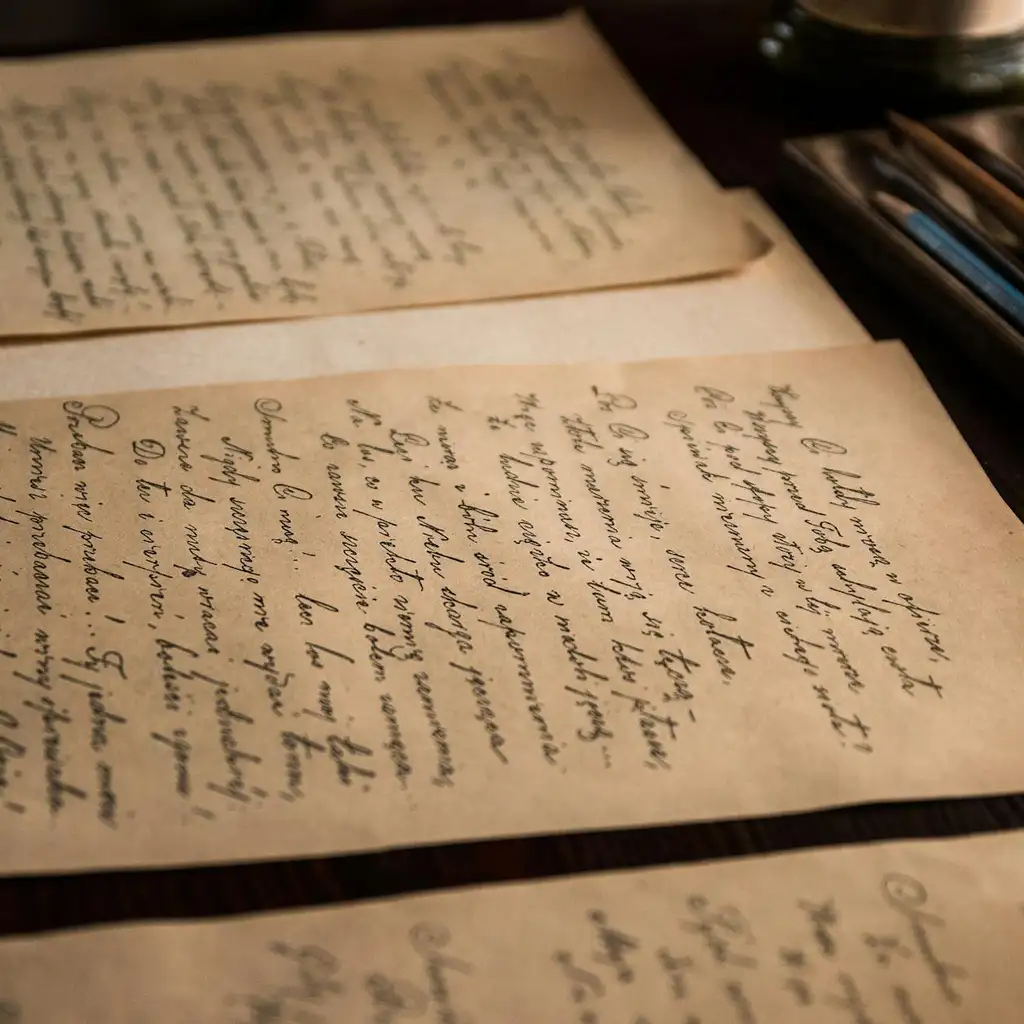The Japanese sword, as we know it today, emerged nearly a thousand years ago, and remarkably, its construction and shape have changed very little over the centuries. While there are subtle variations in design that can reveal a sword’s era or its maker, these details are best appreciated by trained experts. Nevertheless, the iconic curve and craftsmanship of a katana make it instantly recognizable, even to the untrained eye.
The hard steel of a samurai sword may be durable, but the polish that highlights its artistry is delicate. For instance, touching the blade with bare hands can damage the finish, as the oil from skin leaves marks on the steel, which is not stainless and can easily corrode. Consequently, collectors should avoid using authentic katana for cutting practice, especially without experience, to preserve the blade’s integrity and value.
As with any collectible, the market for Japanese swords includes replicas and forgeries. To avoid falling victim to these, it’s essential to study and handle genuine swords whenever possible. Familiarizing yourself with the blade’s geometry and steel surface by examining museum collections or studying expert publications will help develop a discerning eye.
Swords can also develop flaws, or “kizu,” which can significantly impact their value. Collectors should carefully inspect blades for signs of damage, especially at the tip and along the edges, where rust can create pinholes. A certification from the Nihon Bijutsu Token Hozon Kyokai (NBTHK), Japan’s leading sword preservation society, can offer reassurance, as their process includes a thorough assessment of the sword’s condition before issuing documentation.
Japanese swords have a robust international market, attracting collectors worldwide. For those starting a collection, a shorter sword like a wakizashi can be an affordable introduction. Handling and studying a wakizashi allows collectors to explore the finer details of samurai swords firsthand, an experience that’s difficult to replicate in a museum setting, where handling is typically not allowed.
For both new and seasoned collectors, owning an authentic Japanese sword offers an enriching journey into a storied tradition of artistry and skill, where each blade carries both historical and cultural significance.








